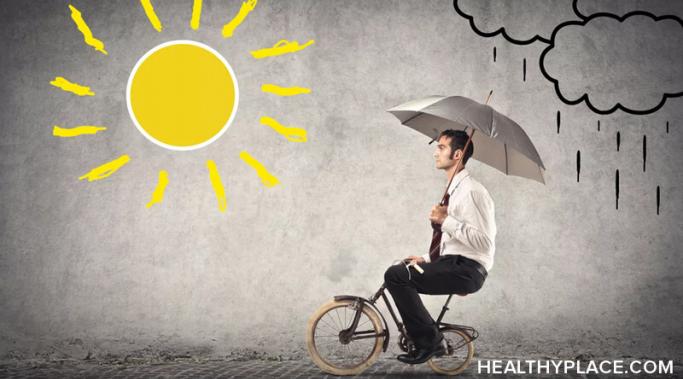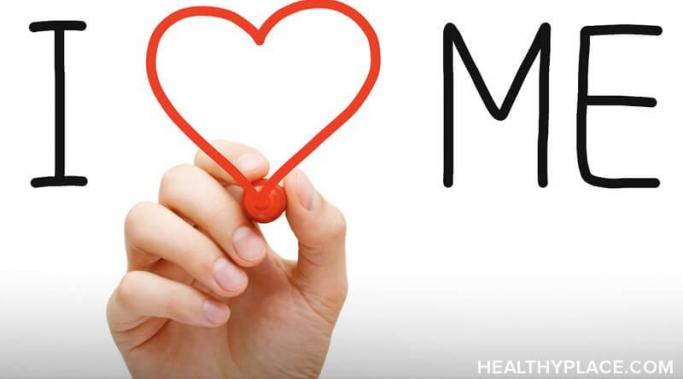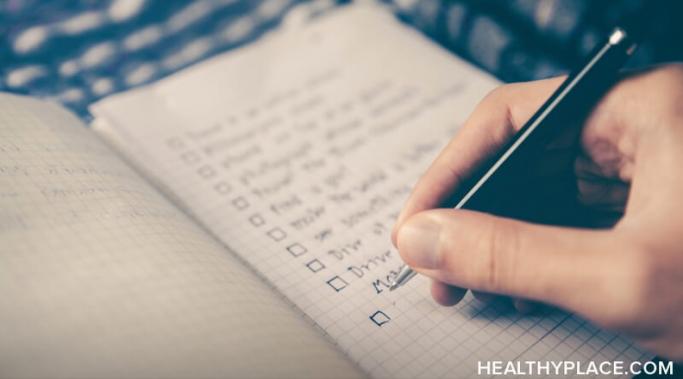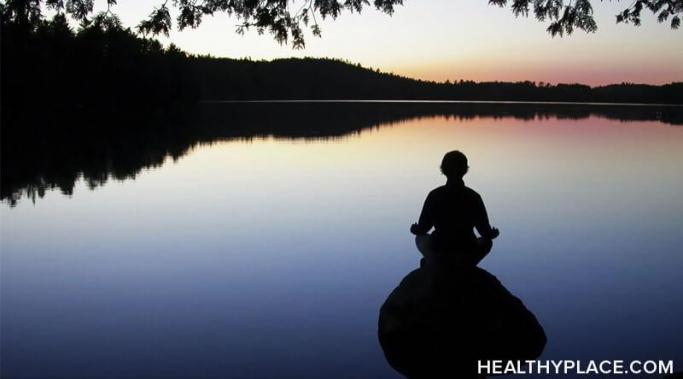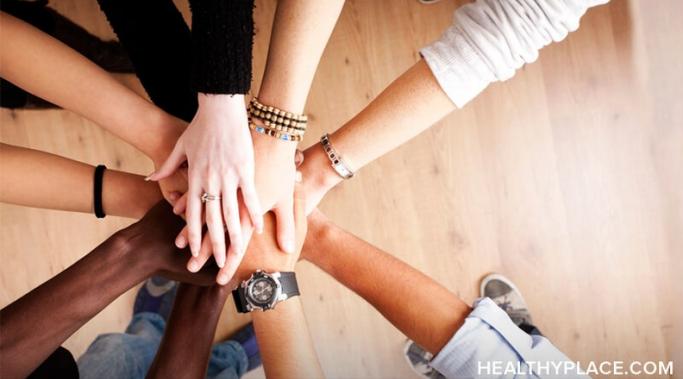I've been writing for HealthyPlace for about six months now. I've written numerous articles about dealing with low self-esteem and how to improve it. However, I've been thinking about my process and realized that while I may be able to identify low self-esteem, that doesn't mean everyone can. Today, I'd like to take a different approach to identifying low self-esteem. I'll write this post from my viewpoint as I figure out my self-esteem.
Happiness and Self-Fulfillment
If you're like me, you might have trouble accepting compliments. Today I'd like to talk about the simple steps I've taken to respond better when someone compliments me and how it's helped improve my overall self-esteem.
In my last post, I talked about balancing pressure and self-esteem. I often place so much emphasis on my mental health that it becomes my entire identity, which can potentially negatively affect my self-esteem and denies me the ability to choose my identity.
Over the past couple of weeks, I've studied how my mental health fluctuates daily. I've noticed recently that I often struggle the most when I put significant pressure on myself to feel good, and it negatively affects my self-esteem. I mean that I put a lot of pressure on myself to be mentally healthy and subsequently notice a negative correlation with my state of mind. Today, I'm going to talk about that pressure.
In my last post, I discussed my self-esteem battle working as an actor and how that can translate to other lines of work. I spoke on the importance of knowing that sometimes progress is made in ways that aren't immediately visible. Today, I'd like to talk about the types of progress that I can control. In doing this, I'll identify some areas that I'd like to improve and how doing that helps me achieve my goals and build self-esteem.
Early March is a pretty tough time for me. It's the anniversary of my accident and always leaves me reflecting on the mistakes that led me to that point. Today, I'd like to share the value I found in forgiving the past to take control of my present.
The journey to better self-esteem is a lengthy but empowering process. In my experience, understanding my own identity was a great kick-starter for that process. I will continue to work through how that helped me. Today, I'll cover the second step: sharing your identity with others.
So, we're on a journey to build better self-esteem, and you want to know where to begin. Starting out may seem like a daunting task. The best way to tackle it is by breaking it down into smaller steps. Today, we'll cover step one: identifying what makes you, you.
Someone commented on a recent blog post about asking for help with low self-esteem and said they could not find support from their friends and family. So today, I will share three resources that helped support me in times when my self-esteem was low.
Poor self-esteem can make it difficult to ask for help. You may feel that you are not worthy of other people's time and assistance. Maybe it's because you are not in the habit of prioritizing yourself and keep pushing your needs aside. Whatever the reason behind the difficulty, everyone needs help sometimes, and practicing how to ask for help is a good exercise to build self-esteem.
